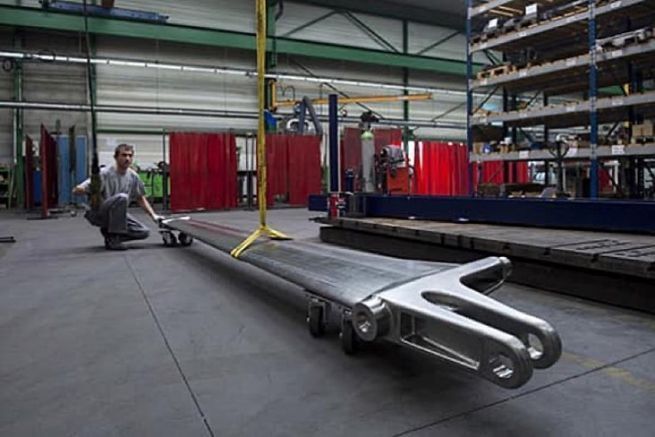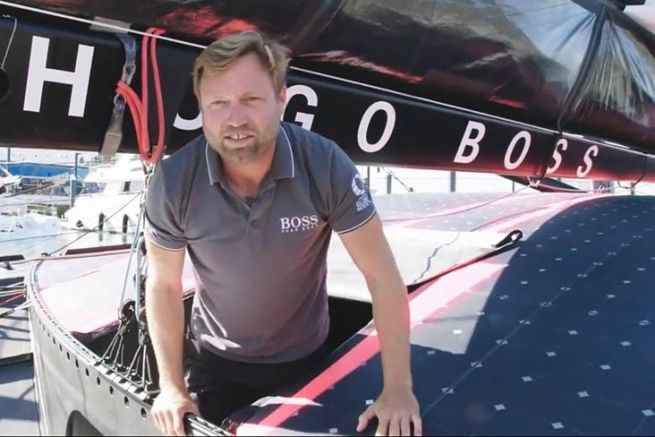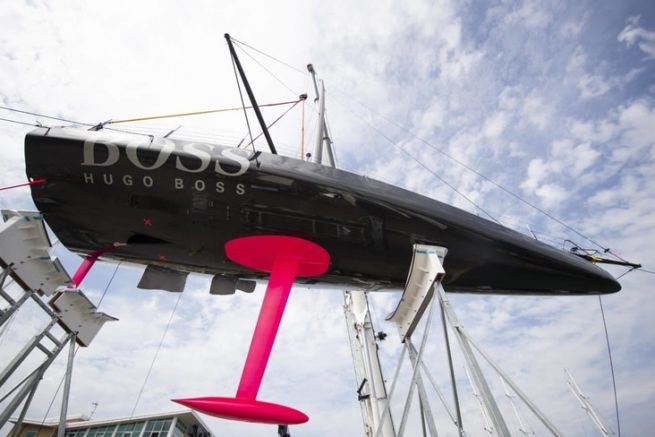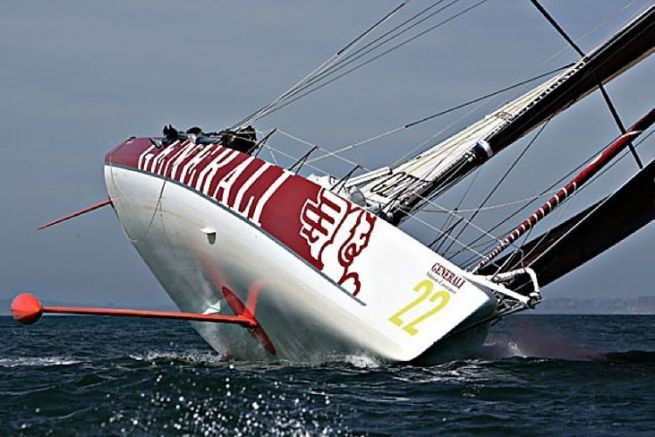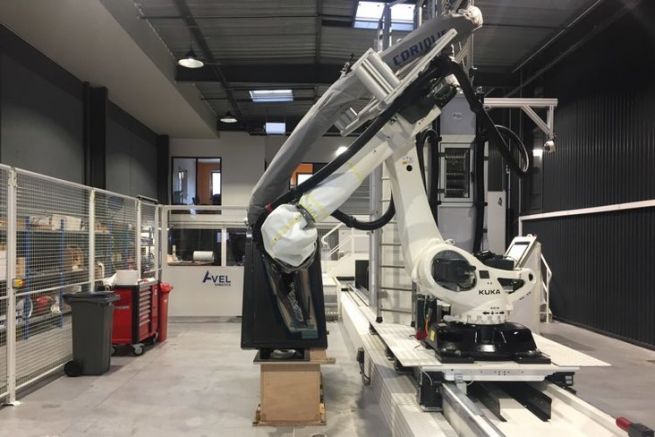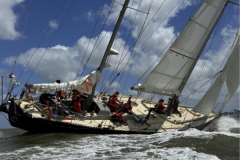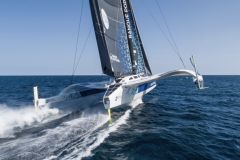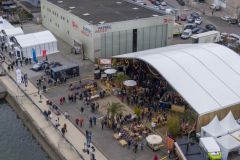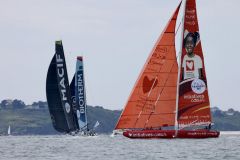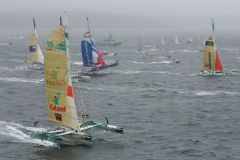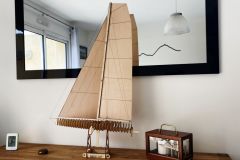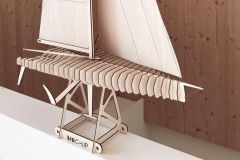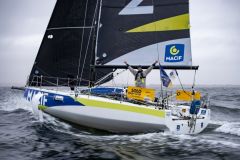In the IMOCA class, the foils made their appearance in 2014, creating this new generation of boats with Dali's moustaches. This year, the adjectives on these appendages have blossomed with the increase in their sizes. We took an interest in their manufacture. There are several builders, but we went to Lorient to meet Avel Robotics, which manufactures them robotically.
It is Luc Talbourdet, former President of the IMOCA gauge, who is at the helm of Avel Robotics, a UFO in the shipbuilding industry. Maintenance at the cutting edge of technology.
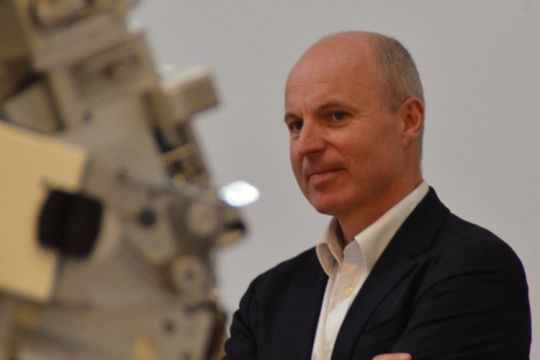
Luc Talbourdet, how would you describe the foils?
I often compare them to airplane wings, except they're in the water! These appendages create power and righting torque (25.5 tons per meter in static).
What's a foil made of?
The profile is composed of 5 parts:
- the central barrot
- the rectangular structural element
- on each side, there are foam block elements
- the leading and trailing edges are made of carbon
The rectangular central element is made of intermediate modulus carbon fiber with the addition of high modulus, but given the cost of the latter, it remains limited!
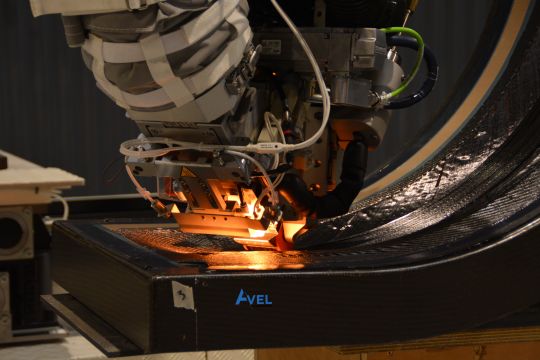
Why use robots to build a foil?
This technology has already existed for a long time in aviation, the interest is that the robot deposits in the mould up to 8 strips of 6 mm preimpregnated fibre, so a maximum of 4.8 cm of fibre at each pass. This ensures surgical precision and facilitates the bending of the foil in the bend of the foil for example. In addition, the robot compresses each strip, which reduces the vacuum.
Another interest of the robot, there is no loss of information between the designers and the manufacturing (it is a digital chain), we can trace the exact gestures of the robot! With our technology, we open a new way in boating.
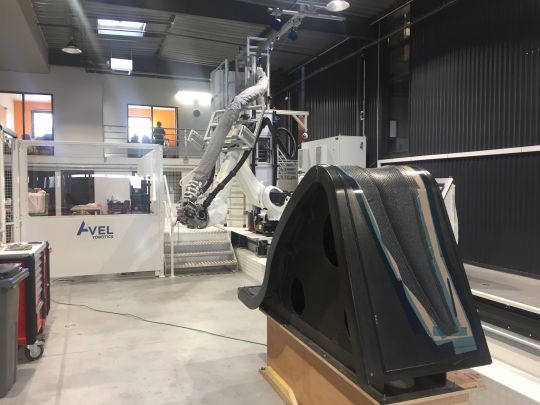
How long does it take to make a foil?
The foils are made in pairs, it usually takes us 5 months to build them. But it's different with each team. For Apivia, we just delivered the internal structure. For L'Occitane, we made all their foils. Finally with Arkéa Paprec, we produced the V2 pair in partnership with Lorima. The robot would save time if the foils were monotype.
Avel Robotics has just invested in a new 6-axis robot, ideal for manufacturing rudders for example. And as his son told him, "But how did you do it before?"


